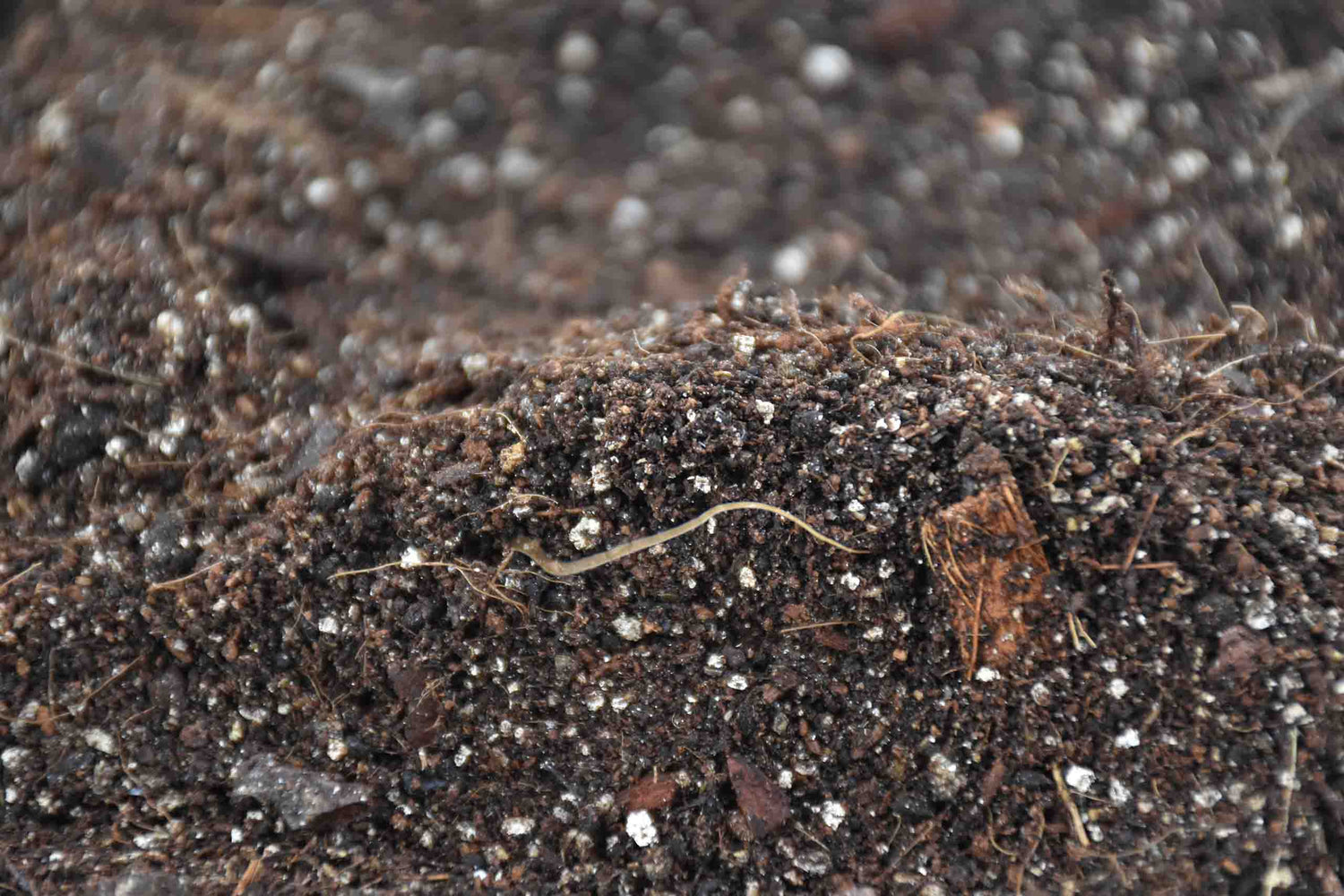Pumice (Bims) For Plants: Everything You Need To Know
Have you ever heard of the mineral Pumice? It is a porous rock that is created when lava cools and hardens rapidly. Many people think of Pumice as the solution to the calluses on their feet, but it also has fantastic benefits for your houseplants!
In this blog, we explain the difference between Pumice and bims, the benefits of using it for houseplants, and the best way to use it. Discover the secret treasure for your green friends!
Difference between Pumice and bims
Although the words are used interchangeably, it's best to think of them this way: Bims always refers to the type of pumice used in soil mixes or for plants. However, pumice also often refers to the large blocks you use to remove calluses. Pumice for plants is much smaller (often between 1 and 32mm).
Pumice stone for cacti
Cacti need unique soil that can drain water well. If the soil is too wet, root rot can occur quickly. Pumice, with its porous structure, is the perfect ingredient for mixing into the soil of cacti and other succulent plants. It ensures good drainage and keeps the roots from getting too wet.
Pumice in soil mixes
Pumice is a great ingredient to add to soil mixes for houseplants. It helps to drain excess water, keeping the roots from getting too wet. This is especially important for plants that are prone to root rot, for example, such as Syngonium. In addition, Pumice has an airy structure that provides good aeration and gives roots enough room to spread.
How much Pumice do I add to my soil mix?
For cacti and succulents, we recommend that 30% of the total volume be made of Pumice. For growing Lithops and split rock, you can even make your mix out of 90% or more pumice; just add some nutrition in the form of worm castings. For plants like Syngonium, we recommend 20% Pumice.
Using Pumice against fungus gnats
Pumice can be used in several ways. It can be added to your soil mixes as just described or applied as a top layer over soil mixes. If you choose to apply Pumice as a top layer, it can help to keep soil moisture constant. This is especially beneficial for plants that tend to lose moisture quickly and dry out quickly. It also helps against pesky fungus gnats! Fungus gnats have a much harder time laying eggs if the top layer of the soil mix contains Pumice.
Pumice against mould on soil mixes
Pumice can also be very effective against mould on the top layer of your soil mixes. By adding a layer of bims, the top layer will dry out much faster. Also, mould does not grow as quickly on Pumice as it does on soil mixes. This solution is straightforward and effective!
Pumice for other plants
Pumice has many incredible benefits for plants. It benefits cacti and succulents as well as houseplants like Alocasia, Ficus, and Monstera. Adding Pumice to soil mixes helps protect the plant against excess water and root rot and against drying out. It provides the right balance of aeration and moisture in the soil and gives plant roots enough room to grow and develop.
Difference between pumice stone and perlite
Pumice is a bit heavier than perlite, so it strengthens plant stability. Pumice can also hold moisture & nutrition for a while, whereas perlite only allows it to leak through. Perlite is a lot lighter than Pumice. Pumice does tend to be a bit more expensive, but it also lasts longer. Perlite gets smaller over time, which detracts from its quality. A combination can also be good to create extra drainage without making the pot too light if you have only used perlite. This is also how we do it in our Cacti & Succulent mix.
Conclusion
If you want to grow your houseplants better, Pumice is a good investment. It is a natural, lightweight, and easy-to-use ingredient that helps regulate soil moisture and protect roots against excess water. Pumice is also a perfect addition to soil mixes for cacti and other succulents, providing the right balance of aeration and moisture to help them grow.
Furthermore, you can use Pumice in a variety of ways, so there is no reason why you shouldn't add it to your soil mixes! Whether you're a plant lover or just starting to grow houseplants, Pumice is a great ingredient to have around the house. Buy different sizes of Pumice at Sybotanica.





